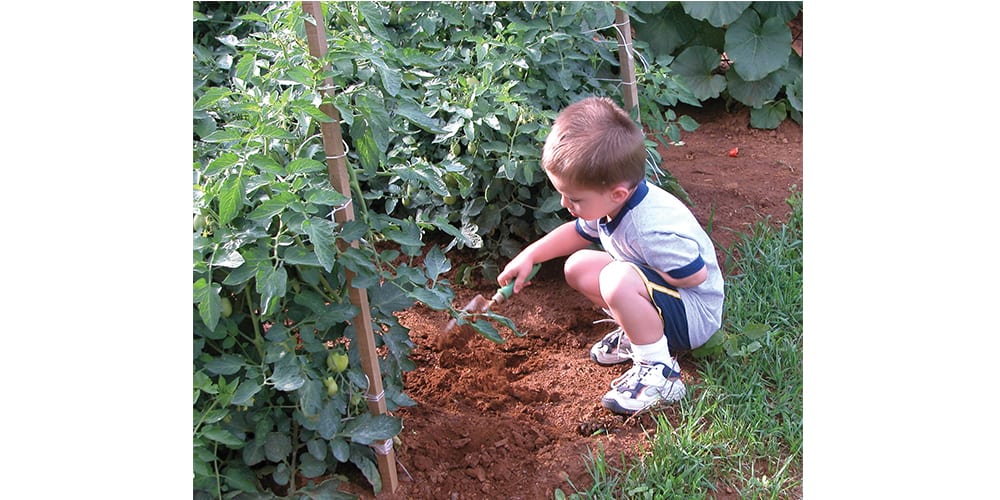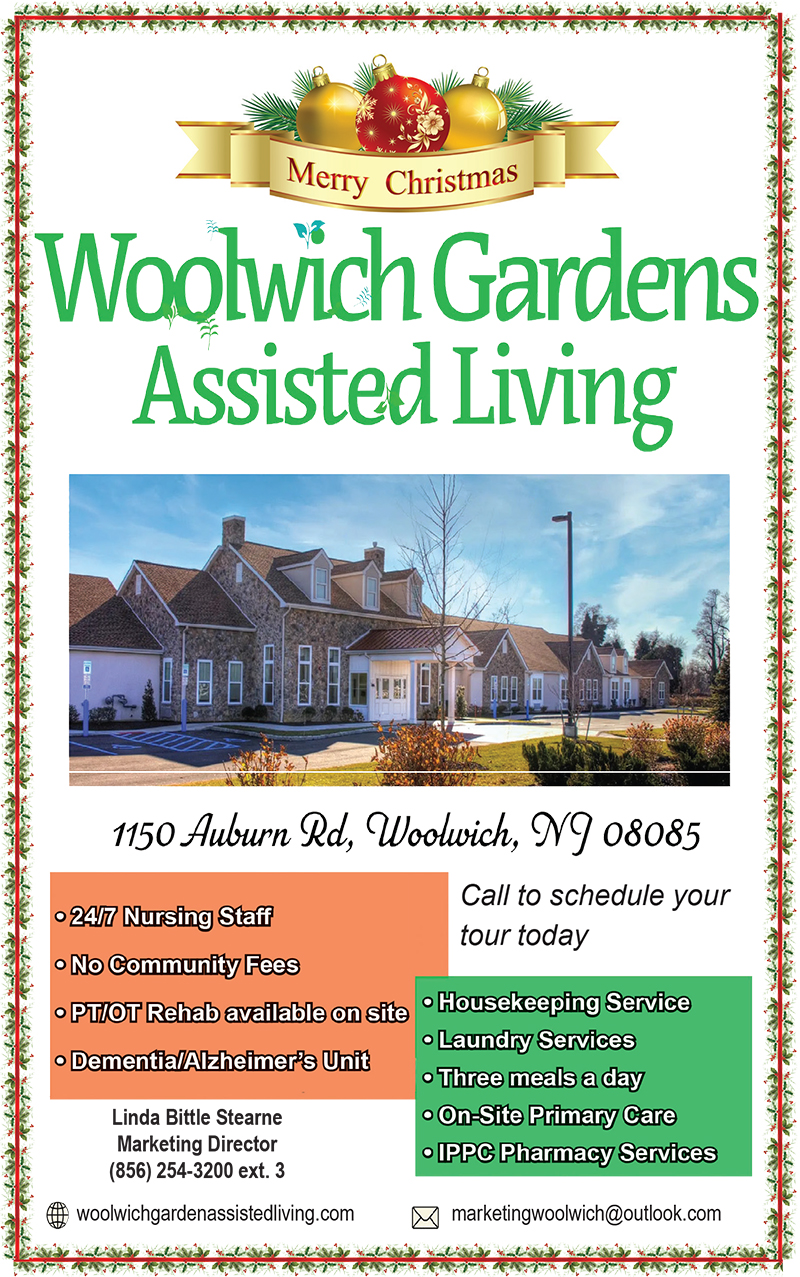What can gardening do to help with the coronavirus pandemic? Gardening has always been touted as a relaxing recreational activity that can provide great personal rewards. During this time, when many people are working at home and students are learning at home, gardening can be a positive family-inclusive activity to adopt.
Remote schooling is new for most all students in our community. Hands-on activities like gardening can encourage children to participate in a way that will enhance learning. Gardening can teach young, preschool- and elementary-aged children, to reinforce skills such as measurements, addition, subtraction, counting, sorting into categories and colors. Practicing motor skills and learning work ethic are also life-skills taught through gardening.
From a mental aspect, growing a vegetable garden may be a way for adults and children to cope with boredom and help families gain a sense of security. Historical experiences during trying times have given us examples of how important gardening can be in our society.
With World War I came food shortages. Everyone in the U.S. was encouraged by the federal government to plant a Liberty Garden. The U.S. School Garden Army was formed during this era to teach children to garden and help them feel a sense of contribution towards the war effort. Liberty gardens went away soon after WWI ended in 1918, since a high percentage of the America’s workforce was already engaged in farming and other agricultural jobs.
In the 1930s the Great Depression, had millions of people out-of-work and desperately poor people gardened to survive. They grew a limited range of basic foods that were easy to grow, mostly potatoes and beans, that were filling, high in calories and nutritious.
By the early 1940s, World War II emerged and, once again, the public was asked to help the war effort. National Victory Gardens began and everyone who was able-bodied gardened–individual families and community groups.
In 1944, 40 percent of the food grown in the U.S. came from National Victory Gardens. In 1945, WWII ended, and farmers who survived the war without went back to working the land. Fresh food was once again abundant and predominantly on farms. Food rationing ended, and like post-WWI, gardening lost popularity.
In the 1970s, exorbitant energy costs and high inflation caused the price for food and other necessities to soar. In this era, more people were living in cities than ever before. Many urbanites came from foreign countries and, like the immigrants before them, struggled financially.
Besides financial reasons, immigrant populations missed growing foods popular in their homelands. City-dwellers searched for any garden space and reclaimed areas like vacant lots to start community gardens. Suburbanites had it just as tough and gardening once again became important for fulfilling the need for food. This time, the struggling economy was the enemy.
Our country is once again at war. This time the enemy is not another nation or the result of a struggling economy. The enemy cannot be seen nor are the weapons the same. However, once again, Americans can turn to the potential benefits of gardening as a way to help in the war against coronavirus.
For those who were raised in farm families, growing plants may be in your nature. For those who were not born with a “green thumb,” educational programs on the web can help hone your gardening knowledge. When surfing the internet for gardening information, you should choose land-grant university and Cooperative Extension websites that have peer-reviewed, non-biased and science-based information. Private company websites and social garden group blogs may provide anecdotal information that is not “tried and true”, or may not apply to our growing region or soil types.
Rutgers University is New Jersey’s land-grant university, with Rutgers Cooperative Extension (RCE) delivering public outreach and education programs. Recently, an online educational program called “Rutgers Community Gardening Series” was developed and launched. The link to this information can be found at https://njaes.rutgers.edu/community-garden/. The series is designed to benefit school, community and home gardeners by teaching new gardeners to successfully grow vegetables.
For more resources from RCE, search the main publications website at https://njaes.rutgers.edu/pubs/. Whether gardening in your yard or in community gardens, there are resources for everyone who wants to learn.
No matter where you choose to garden, selecting the correct location for a garden is key. The best location possible will encourage plants to grow properly and encourage the gardener to spend more time tending to plants.
The following is a list of considerations for choosing a garden location:
1) Sunlight and Sun Exposure: Choose a location that receives a minimum of 6 hours of direct sunlight each day. Locations with 8–10 hours of direct sunlight each day are ideal for most vegetables.
2) Watering and Water Sources: The location of your garden or planting containers should be near a clean water source to make watering convenient and easy. Using recaptured water from something like a rain barrel for watering vegetables is often discouraged due to pathogens that may be present from bird droppings and other contaminants. Water your garden during morning hours so leaves will dry quickly; wet foliage will encourage plant diseases from fungi and bacteria.
3) Garden Soil Quality: Vegetable plants prefer well-drained soils that do not puddle after heavy rains. Fortunately, many soils in NJ are well suited for vegetables. Also, choose areas where the soil is free of any potential contaminants – areas near sidewalks that may have had ice-melting treatments or areas where water from road runoff may drain.
4) Proximity to the Residence: Having a garden in close proximity to your home will encourage more time caring for the garden. More weeds will get pulled, more vegetables harvested, and plants will be watered more often if you can see the garden.
5) Wildlife/Pet Exclusion: Fences work best to protect plants from deer, rabbits, and other 4-legged critters. The size of the fence depends on the size of the animals. A three-foot fence made of chicken wire will keep out smaller animals such as rabbits. For deer, fences of at least 6-8 feet in height are necessary.

–– Photos by Michelle Infante-Casella
When choosing vegetable varieties to plant, picking those with disease resistance characteristics from the seed catalog or package label descriptions is recommended. Although these varieties may cost a bit more than some “old standards,” they can result in improved quality and may eliminate or reduce reliance on pesticides in the garden.
Availability of seeds from online sources may be the best option right now to help abide by social distancing recommendations. To confirm your seed order is able to be shipped and delivered within a timeframe for spring planting, call or email the company before ordering online. Quality seeds are important for a successful garden. Seeds may be viable for a few years but, for best results, purchase new seeds each year.
Starting seeds indoors is a fun and interesting activity. The germination process is a miraculous transformation to observe over a short period of time. Seeds can be started in many types of containers, including recyclable materials such as cardboard milk cartons cut in half, aluminum pans, and plastic clam shell containers from strawberries or grape tomatoes.
Covering newly planted seed containers with plastic wrap can hold in moisture and warm the soil to hasten germination. Once seeds germinate and emerge from the soil, the plastic wrap can be removed.
New seedling trays and starter soils are available to purchase online and from garden centers. Once plants are ready to go outside, having the right supplies to work the garden is important.
Before planting, turn the soil to at least 8 to 12 inches deep with a shovel or rototiller to loosen the soil. While the best time to till soil is in the fall for the start of a new garden season but early spring is also a good time to till soil, after the thaw from winter freezes.
After tilling, rake out stones and clumps of grass (grass refuse can be composted), level the soil in the garden, and apply a small amount of a complete fertilizer that contains nitrogen, phosphorus and potassium throughout the garden and rake fertilizer into the soil. See the fertilizer container or RCE publications for rate recommendations.
If fertilizer is left on top of the soil surface, nitrogen may be lost to volatilization. For this reason, it is best to incorporate fertilizer into the soil with a rake or hoe.
Once the ground has been prepared it is time to plant. For early spring plantings with late spring harvests, choose cool-season vegetables such as leafy greens (kale, lettuce, spinach, etc.), broccoli, radishes and peas.
A late summer to fall harvest might include early spring plantings of vegetables such as onions and white potatoes. Mid-spring planting for summer harvests, include crops such as tomatoes, eggplant, peppers, squash, cucumbers, melons and others that can be planted after the threat of springtime frosts pass.
Consider perennial plants, too, like strawberries and asparagus. Once established, perennial food plants can provide years of great harvests.
For information on harvesting vegetables, see the RCE Fact Sheet titled, Picking Vegetables in the Home Garden. The link is included with the Rutgers Community Gardening Series online training. The next step is to enjoy eating the fruits of your labor.
Hopefully this article has encouraged you to try gardening or continue your gardening endeavors. Realizing that fresh vegetables can be the end result of your efforts may provide hope, satisfaction and fulfill the need for fresh food. Happy Spring and happy gardening!











